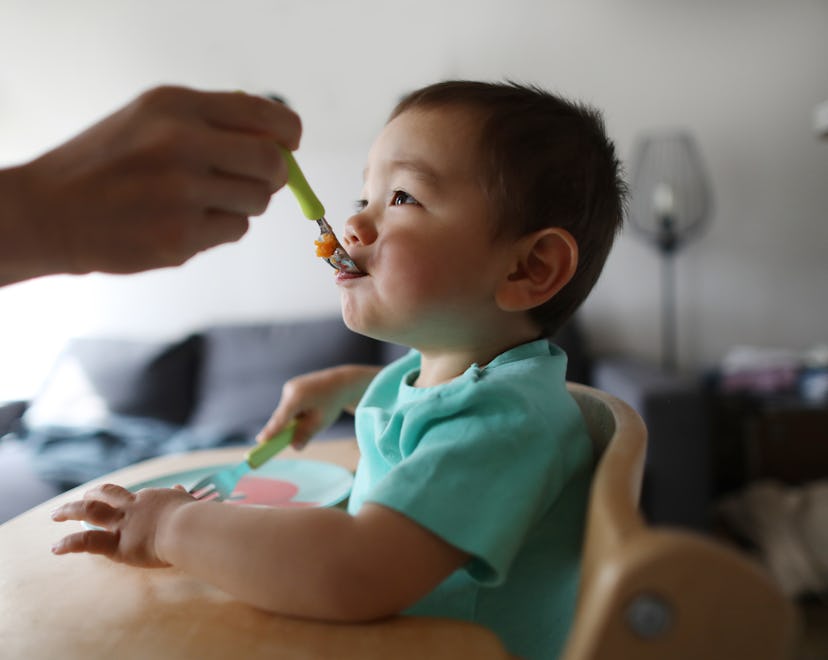Life

Does The FDA's Plan To Limit Lead In Baby Food Go Far Enough?
Some levels of heavy metals are unavoidable, but some experts believe the agency can do better.
On Jan. 24, the Food and Drug Administration (FDA) announced industrial level guidance to reduce levels for lead in processed foods intended for children under 2. This action, part of the agency’s Closer to Zero initiative — which seeks to keep nutritious food available for little ones while reducing exposure to lead, arsenic, cadmium and mercury to the lowest levels possible — would apply to foods packed in jars, pouches, tubs and boxes and is intended to help reduce potential health effects in this particularly vulnerable population from dietary exposure to lead.
“For more than 30 years, the FDA has been working to reduce exposure to lead, and other environmental contaminants, from foods,” said FDA Commissioner Robert M. Califf, M.D. in a statement. “For babies and young children who eat the foods covered in today’s draft guidance, the FDA estimates that these action levels could result in as much as a 24 to 27% reduction in exposure to lead from these foods.”
The draft guidance, Action Levels for Lead in Food Intended for Babies and Young Children, sets forth the following action levels for manufacturers: 10 parts per billion (ppb) for fruits, vegetables (excluding single-ingredient root vegetables), mixtures (including grain and meat-based mixtures), yogurts, custards/puddings and single-ingredient meats; 20 ppb for root vegetables (single ingredient); and 20 ppb for dry cereals. This guidance is for the benefit of those who manufacture the food, not as a dietary guideline for the caregivers feeding it to their children.
When it comes to heavy metals like lead, the less anyone gets in their system the better – no safe amount of lead has been identified. This is particularly important for children as lead exposure is linked to damage to the brain and nervous system, lowed growth and development, earning and behavior problems, and hearing and speech problems, per the Centers for Disease Control and Prevention (CDC). Unfortunately, avoiding lead entirely is currently extremely difficult as crops (and the animals who eat them) can absorb contaminants through the environment. The FDA believes this move will cause manufacturers to implement agricultural and processing measures to lower levels in their products to or even below the proposed action levels.
Jane Houlihan, the national director of science and health for Healthy Babies Bright Futures whose research prompted a 2021 House Oversight Committee hearing on the subject of lead in baby food, told CNN that she believes the new guidelines, while welcome, don’t go far enough. Not only are these action levels non-binding (aka companies aren’t requried to abide by these levels, “although ... the FDA would consider these action levels, in addition to other factors, when considering whether to bring enforcement action in a particular case”), Houlihan notes that “nearly all baby foods on the market already comply with what they have proposed.”
Still, the FDA believes this action plan will positively effect lead exposure in children, and is open to going farther in the future.
“The agency is committed to assessing if action levels should be lowered even further, based on evolving science on health impacts and mitigation techniques, and input from industry on achievability,” the agency said in a statement. “Moving forward, the agency will continue to gather data and collaborate with federal partners to establish the scientific basis for establishing Interim Reference Levels for arsenic, cadmium and mercury.”